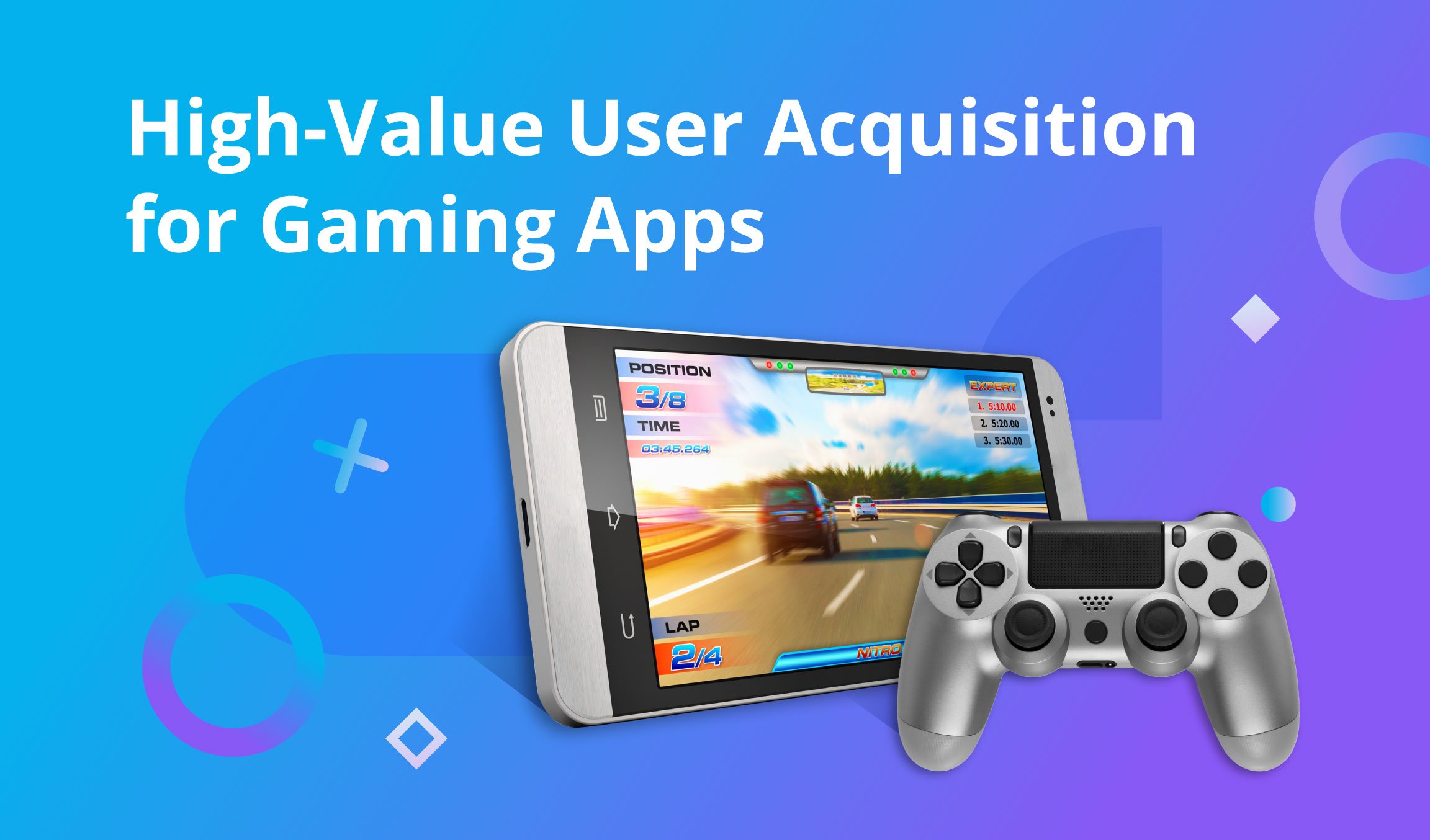4 min read
When launching new games, marketers usually focus heavily on major platforms. Skai's 2024 report shows that about 80% of U.S. digital ad spending goes to these big publishers. However, while these platforms may seem appealing because of their large audiences, they often lead to lower return on ad spend (ROAS) due to limited targeting options, budget restrictions, and a lack of cross-platform data sharing.
To overcome these challenges, it's crucial to diversify your ad budget by including other ad inventories outside these major platforms. This approach requires precise targeting, strategic bidding on ad inventories, and creative optimization, all of which rely on using user data effectively. Understanding the importance of early engagement with users and acquiring high-value users are key steps in achieving a successful user acquisition strategy.
Here is a step-by-step guide to help you achieve your user acquisition goal.
Step 1: Find early engagement players
When people install a game, they often show whether they'll spend money within the first 24 to 48 hours. Those who make purchases early on are more likely to keep spending. That's why it's crucial to engage players from the start.

Step 2: Acquiring high-LTV users for ROAS growth
Once you understand the value of engaging players early on, the next step is to find those who are likely to spend more over time. In open web RTB inventories, flexible targeting settings provide more opportunities for user segmentation and targeting valuable users, which means you can target specific types of users more easily. After segmentation, you can allocate resources to focus on more valuable user groups like "dolphins" and "whales''. Strategic inventory bidding and creative optimization play pivotal roles in reaching and capturing high-LTV users efficiently.
These strategies work for all kinds of games, whether they're hardcore RPGs or casual games. With these tips, we're ready to look at real-world success stories of how these strategies have worked in different game marketing scenarios, maximizing the gaming company’s ROAS.

Lifting mid-core Social Casual Game’s revenue in 8 weeks with precise user segmentation

This graph showcases the performance of a notable mid-core casual board game from 2023, featuring engaging gameplay mechanics such as property buying, rent collecting, and house building, alongside unique character abilities and fast-paced online multiplayer features.
Central to this success was the implementation of data-driven strategies:
- User Lookalike Lists: Extensive efforts were made to generate and refine user lookalike lists, drawing insights from demographic in-app data and contextual analysis. Appier also cooperated with clients to gather attributed and unattributed data postbacks.
- Tailored Models: The game developers experimented with different models, starting with broad country-level data and moving to more specific data as they learned more about their campaigns. This ensured that their ads were always relevant and effective.
- Optimized Inventory Buying: Carefully tracked CVR of different traffic sources and adjusted their ad inventories accordingly. This helped them get the most out of their advertising budget.
- Creative Bidding Optimization: Optimize bidding prices for various creatives based on insights into the in-app purchase behavior (IPM) status, enhancing targeting precision and effectiveness.
Exemplifying ROAS success with Appier’s strategy in mid-core Zombie Strategy Game

This graph features another notable partner, a mid-core strategy game set in a post-apocalyptic world overrun by zombies, offering strategic depth in base defense and combat approaches against waves of undead attackers.
Key highlights from this partnership include:
- Dynamic Strategy Adjustment: Appier excels in dynamically adjusting and customizing strategies based on campaign performance and partner objectives. This included removing impression caps, enhancing CPI, and exploring traffic experimentation such as app traffic expansion and creative testing.
- Customized Services: Appier provided tailored services including creative auto reports, weekly ROAS reports, and quarterly lift plans, ensuring ongoing optimization and performance tracking.
Continuously navigating success in mobile gaming
In conclusion, this article sheds light on how ROI-driving AI partner - Appier optimizes ROAS in the competitive world of mobile gaming. They do this by using diverse budgets, focusing on early user engagement, and using data-driven targeting to attract high-Lifetime Value (LTV) users. Real-world case studies show how dynamic optimization and tailored services are crucial for success in user acquisition. These insights highlight the importance of adaptability and data-driven decisions in the ever-changing landscape of mobile gaming.
About Appier
Appier has been recognized as a top ROI-Driving Ad Partner in 2024 Singular ROI Index. With impressive rankings across five categories, including iOS gaming and Android global ROI, this recognition highlights Appier’s achievements in delivering exceptional value and measurable results for our customers in the ever-evolving digital landscape. Click here to book a call with our gaming expert to boost your game ROAS now!


